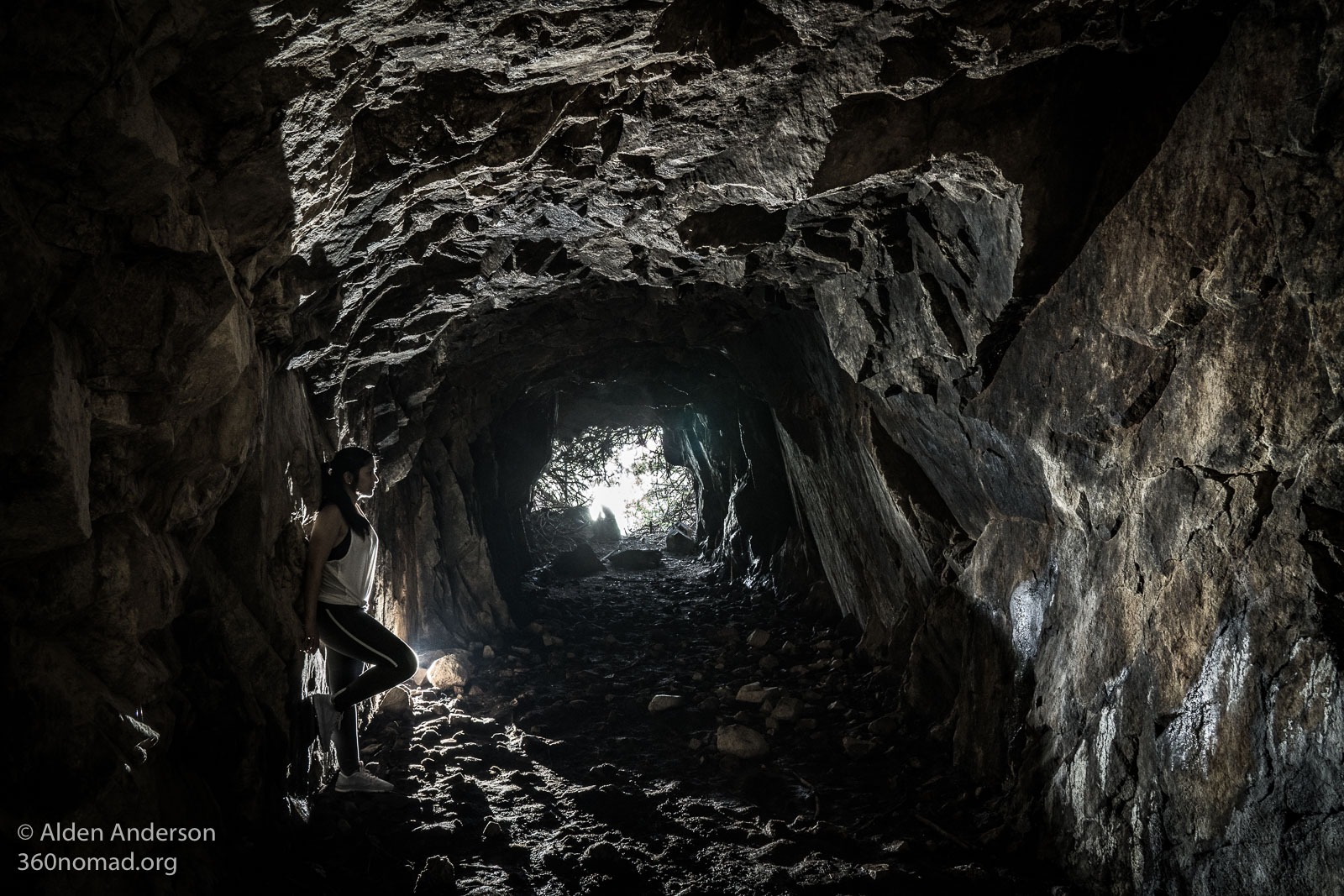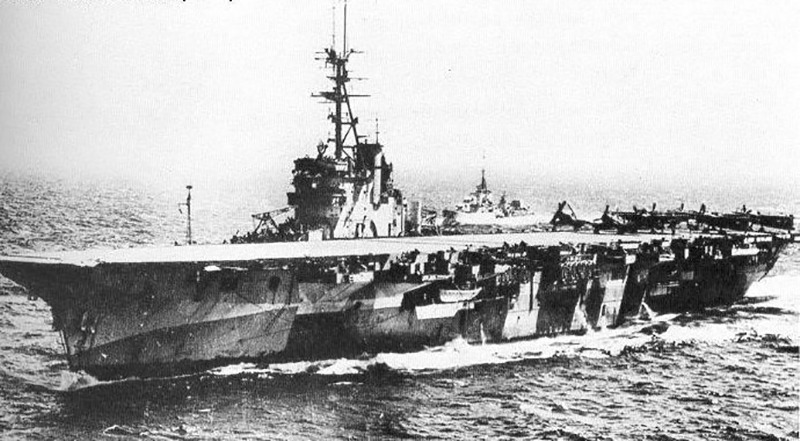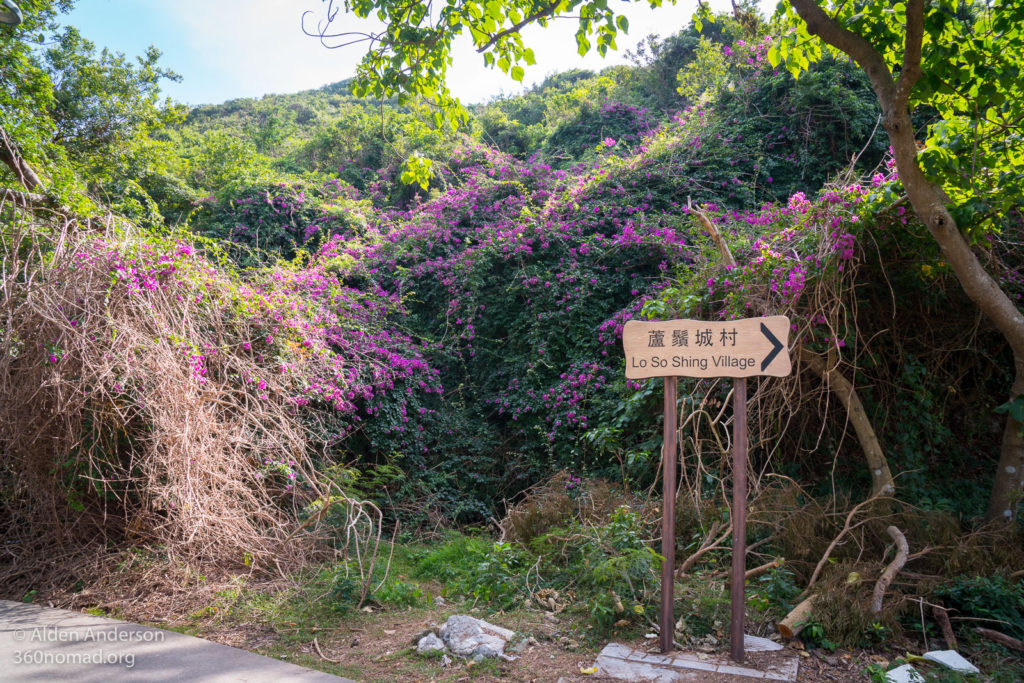The ocean is calm as the British Aircraft Carrier slowly steams into the Japanese occupied waters of Hong Kong, apprehensive of floating mines. A sunny morning in August 1945. Battle stations aboard the HMS Vengeance are manned, gunners on high alert. The 7 foot barrel of the Bofors gun fires 40mm, 2 pound artillery shells at a rate of 2 every second or 120 a minute. Eight of these high-caliber guns are mounted on the deck, aimed menacingly outward, armed, primed for battle. The crew carefully scans the water and rocky Hong Kong islands for hostiles. Suddenly, in the distance a small 25 foot wooden boat painted green appears, speeding towards the 695 foot aircraft carrier. The Japanese soldier piloting the boat secures the wheel with a strap and jumps into the ocean as the small explosive laden boat continues, heading straight for the HMS Vengeance. It’s still a safe distance out when the Bofors guns open fire on the boat and it bursts into flames exploding with the force of half a ton of TNT. It’s no match for the highly trained crew of the British Navy and 8 high power anti-aircraft guns.
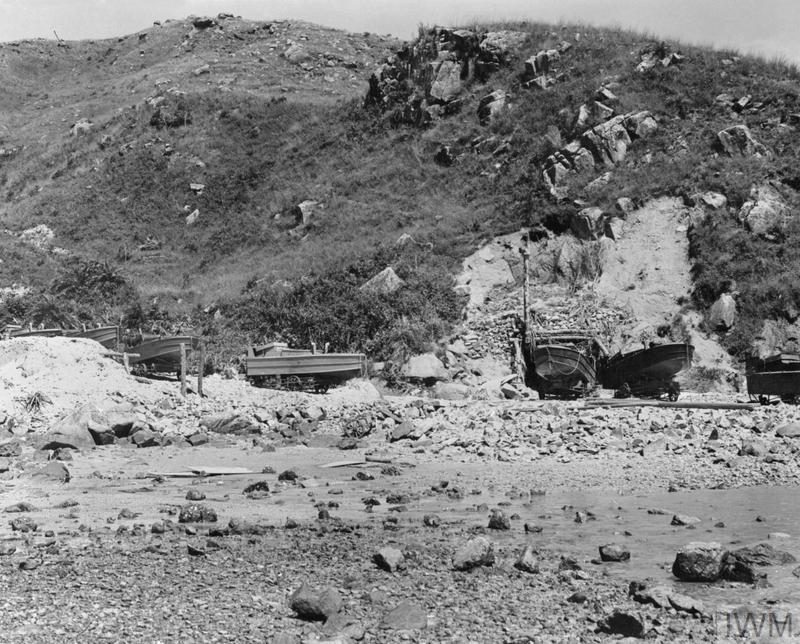
Kamikaze: Naval Weapons: Japanese fast motor boats, packed with high explosives, intended for use against allied ships.
Admiral Harcourt is aboard the HMS Indomitable, another British aircraft carrier steaming into the treacherous waters of Hong Kong that morning. 30 Kamikaze boats are headed for the British fleet when the order is given to the fighter pilots in the air to eliminate them. Their intentions cannot be ascertained before the boats are fired upon, but no chances are taken, as, a member of Admiral Harcourt’s staff, WK Lore recalls: “Intelligence reports showed that these motor boats were designed to carry half a ton of TNT at the bow. And also they had four forward speeds and no reverse. Admiral Harcourt then gave the order to sink them. It may appear that this was on the callous side. But it must be remembered that the British fleet included several capital ships with several thousand men each.”
“These motor boats were extremely fast and manoeuvrable. They were very small targets.
“The big guns of the fleet would be almost useless against such boats if one moved into the midst of the British ships. It was a decision reluctantly but correctly made after weighing the 30-odd Japanese lives against possible thousands of British lives and loss or damage to units of the British fleet.”
Excerpt from the South China Morning Post of Sunday November 30th 1975:
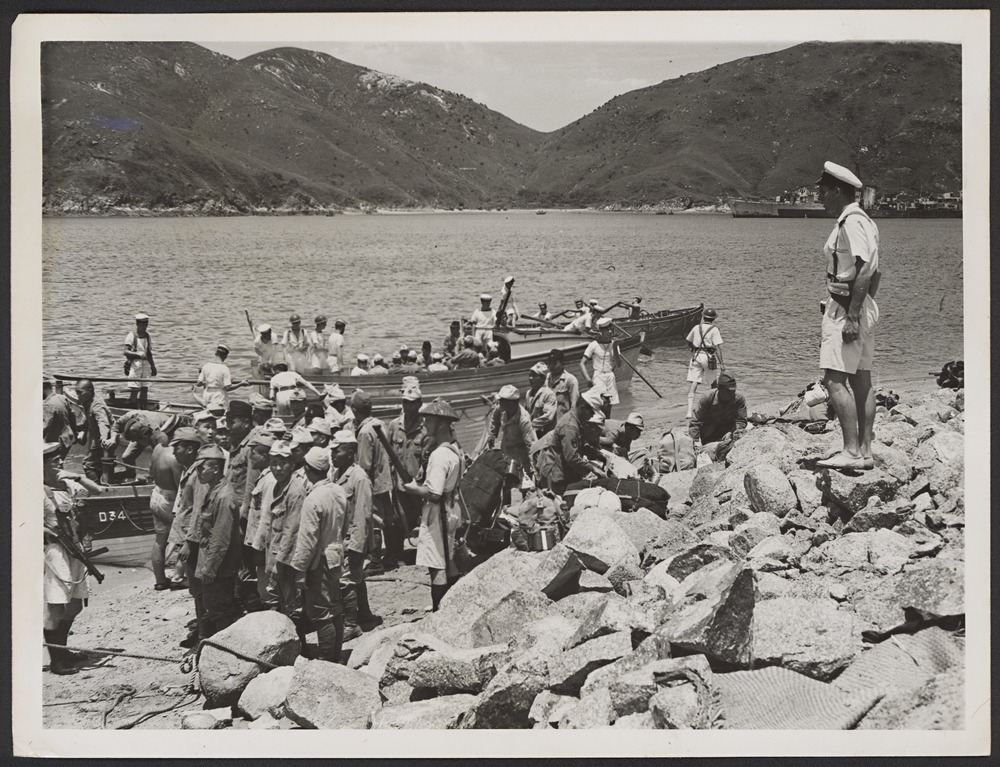
Kamikaze Boats and surrendering Japanese Soldiers. Lamma Island, Hong Kong Thursday, August 30, 1945
The tunnels today:
“It’s full of trash. I don’t want to go in there.” Krishna tells me at the entrance of the tunnel. Outside there are a few signs but they are weathered with age and I can’t read anything. On the map however we are right on what is labeled as “Cave Kamikaze”. It’s not a cave but a tunnel bored into the rock during WWII. It’s unclear if the Japanese themselves did the work or if it was prisoners of war but the purpose of the tunnels is clear, they were used to store munitions and “kamikaze boats”. It’s highly possible that the boat that tried to sink the HMS Vengeance 70 years ago was launched from one of these 3 tunnels in Picnic Bay on Lamma Island.
The tunnel we stand in front of is tunnel #2 of 3. The trash in here looks like it was washed in by a storm at sea. Ocean garbage. I gingerly step through it making my way to the back of the muddy tunnel, illuminating it with my powerful headlamp. Krishna stays at the entrance as a few curious tourists stop by, none venturing further than the entrance. I snap some pictures and head back out, trying not to get eaten alive by the kamikaze mosquitoes.
I notice two bats hanging from the roof of the tunnel, their sharp claws gripping the wet rock. Looking closer I can see them drinking the water dripping down from the ceiling. They’re kinda cute…in an odd flying-mouse-with-a-grotesque-pig-like-face kinda way. Back at the entrance, poor Krishna got eaten alive by mosquitos. My loose clothes shielded me more than her. I’m slightly satisfied by the fact however, that many of these blood suckers are on the menu tonight of my bizarrely adorable bat friends. In fact each bat will eat on average over 6,000 insects. I hope they are all mosquitoes.
It’s dark now but we return the following weekend to explore the rest of the tunnels. The first is mostly filled in. I read that it was used by locals to store garbage and then was filled with dirt. There is a small opening but it’s wet and a tight squeeze.
A few minutes after passing the second tunnel I see a small path going into a low clearing in the thorny purple flowered Bougainvillea. I have to get on my hands and knees and crawl, even then the thorns grab at me, demanding an entrance fee of ripped clothing. Another tunnel is hidden behind this curtain of thorns. Almost no trash. The ceiling is covered with bats. Somehow I convince Krishna to crawl through after me. Again it’s filled with mosquitos. I can see we are disturbing the bats as they swoop about nervously. I try to stay away from the back of the tunnel where most of them are to prevent disturbing them, all while reassuring Krishna that they don’t want to suck her blood and are excellent aerial navigators despite their erratic flying, it’s very unlikely that they will hit you in the face. Little do I know every time I shine the light away from her she freezes in the dark. Totally still, not wanting to move. Unfortunately I don’t see the fear on her face. For me this is normal. I’m at home exploring dark places. Back in Los Angeles I would go out canyoneering at night a few times a week. Unexplored canyons, while you can’t fully appreciate their beauty with just headlamps, have another level of adventure when the sun goes down.
Getting to the Kamikaze Tunnels:
From the Sok Kwu Wan Ferry Pier on Lamma Island, go South through town (Turn right coming from the pier) follow the path past the Tin Hau Temple, around the mud flats on the Lamma Island Family Walk (A paved path that goes around Lamma Island). In 10–15 minutes you will see a large tunnel on your left (marked as “Cave Kamikaze” on Google Maps). This is Tunnel #2. Tunnel #1 is a few minutes earlier but you can skip it. Tunnel #3 is a few minutes down the path. If you do decide to go in tunnel #3 please be respectful of the bats that call this place home. Don’t shout and try to make your visit as fast as possible. They are really sensitive to loud noises and camera flashes.
Further reading:
Memoirs of Charles Davidson, P.O. 812 Sqdn from the HMS Vengeance

